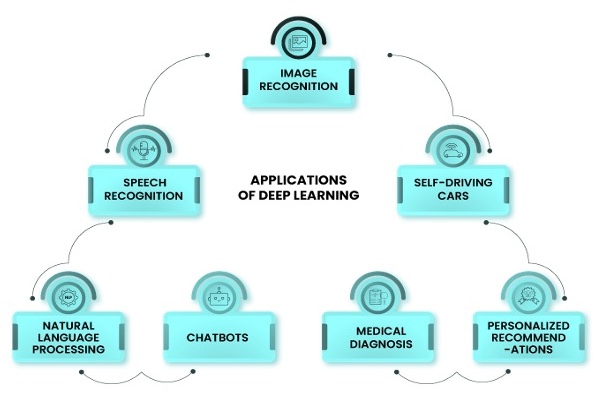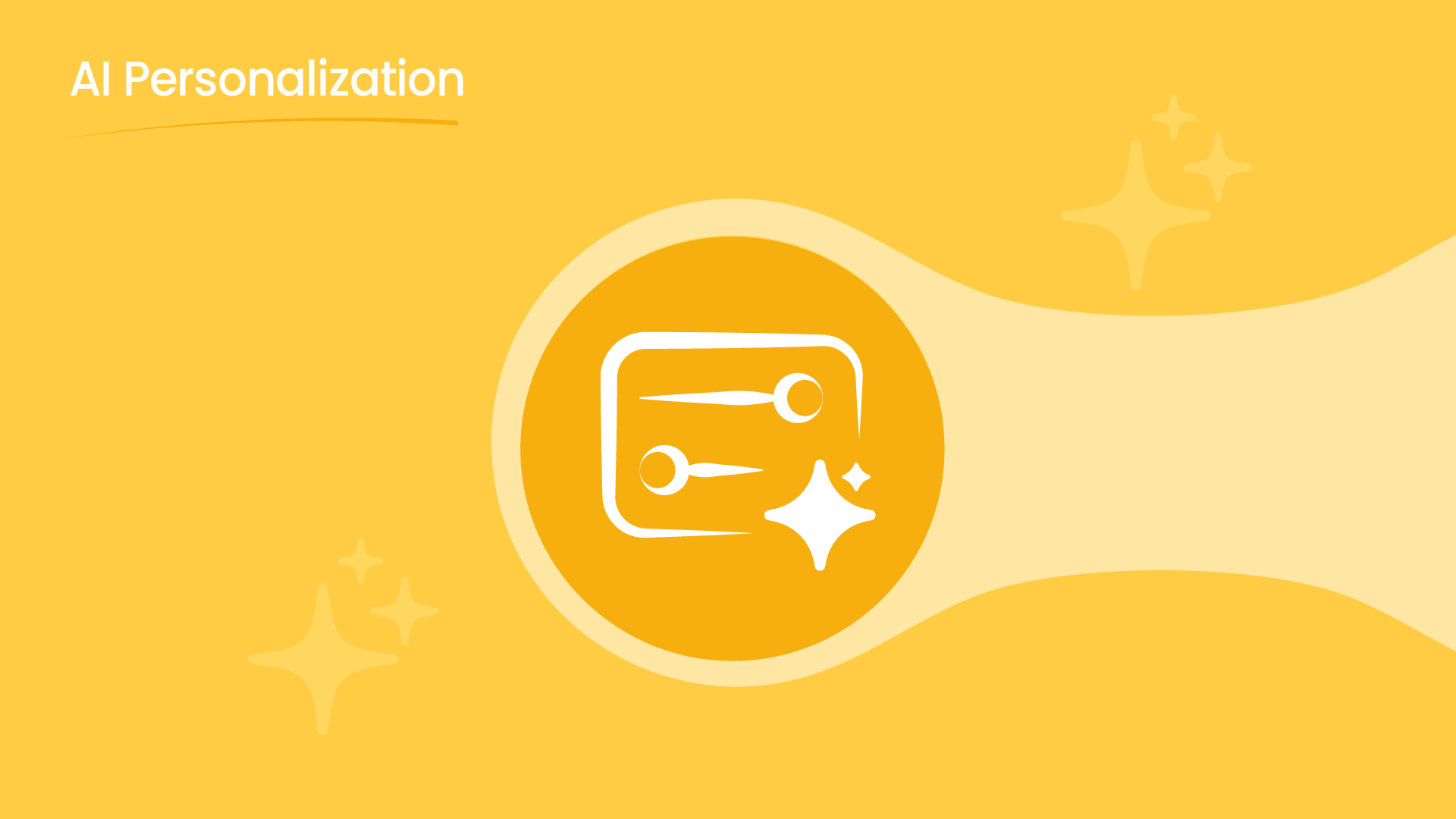Deep learning is the subset of AI that tries to mimic human brain neural networks in analyzing large datasets for complex patterns. Deeply, what it has been able to do is provide more momentum in the manner in which the progress is made. It has mainly gotten momentum in image recognition, natural language processing, and even autonomous systems, where the idea cannot just extract features manually as is usually required in traditional machine learning.
Deep learning constitutes the core component of the broader AI and ML spectrum. Machine learning pertains to algorithms that enable systems to learn from exposure to data. Deep learning, on the other hand, utilizes multi-layered neural networks to digest enormous amounts of data. In such a case, demarcation would come in terms of the methodology of processing the data and the magnitudes at which it’s processed. In this way, deep learning becomes an aspiring force behind more complex models for problem-solving.
Deep learning has been scoring significant milestones in AI to revolutionize customer experience. Our team at Sobot leverages deep learning to provide a seamless, intelligent, and highly personalized interface that lets user engagement reach new heights.
This article will discuss the basic concepts of deep learning, its progression, techniques and architectures, and how it transforms industries.
The Evolution of Deep Learning
Deep learning roots trace back to early neural networks, such as the perceptron in the 1960s, one of the first attempts to emulate how people learn. However, deep learning did not take off until the late 20th and early 21st centuries. This was only made possible by faster processors and GPUs and, above all, by the big data explosion, which suddenly allowed the training of more profound, complex neural networks.
Data is what makes deep learning successful. When big data and powerful computational resources are available, neural networks can learn better data representations. Applications of deep learning will evolve with advancing technology.
How Deep Learning Works
Deep learning models are based on artificial neural networks that imitate the brain’s structure. It contains node interlinking in layers. These nodes are connected nodes, and each node is a neuron. A general three-layer construction forms the following three types of layers:
- Input Layer: Data inputs are fed into the network.
- Hidden Layers: These layers process the input data with weighted connections.
- Output Layer: The actual result or prediction occurs in this layer.
Deep learning relies heavily on activation functions. They are critical for determining whether a neuron must be activated or not. Therefore, they allow the model to introduce non-linearity to be able to solve more complex problems.
Top Techniques in Deep Learning
Supervised Learning
It trains the network with labeled data and outcomes – which is known.
Unsupervised Learning
Models learn from non-labeled data and discover hidden patterns.
Reinforcement Learning
The network learns by experimenting; it decides based on the reward or punishment.
Backpropagation
This is a method to update neurons in weights to minimize the error.
Gradient Descent
This is an optimization algorithm for reducing the loss function by incrementing weights.
Popular Deep Learning Architectures
Convolutional Neural Networks (CNNs)
CNNs are generally applied to image recognition tasks. They are very efficient at handling grid-like data structures such as images.
Recurrent Neural Networks (RNNs)
RNNs work best on sequential data and are often used in time-series predictions and natural language processing.
Generative Adversarial Networks (GANs)
A GAN comprises two neural networks, a generator and a discriminator, in a competition. This is very helpful for producing similar realistic images.
Autoencoder
An unsupervised learning model is applied to several applications, such as data compression and noise reduction.
Applications of Deep Learning

Profound learning powers major innovations across various industries:
Image Recognition
Deep learning leads to innovations in image-based analysis where objects, faces, and patterns can be recognized.
Speech Recognition
Voice-activated systems, such as the much-used virtual assistants, depend entirely on deep learning algorithms that execute real-time speech recognition.
Natural Language Processing (NLP)
Deep learning powers chatbots and virtual assistants by empowering them to understand and generate human language.
Self-Driving Cars
Deep learning helps these vehicles detect objects, plan paths, and decide.
Personalized Recommendations
Deep learning is used in various streaming platforms and e-commerce websites to provide customized content.
Medical Diagnosis
Deep learning models aid in analyzing medical images and predicting diseases.
Chatbots
At Sobot, the chatbot uses deep learning algorithms to understand natural language and user interaction better. Deep learning algorithms and natural language processing are used by the chatbot at Sobot to comprehend user questions better. In other words, unlike the usual generic answer generator, this chatbot perceives each interaction to better respond to different queries accurately. The dialogues in Sobot’s chatbot are learned directly from conversations, and hence, with time, they can evolve and adapt to become more competent in handling different and complex queries. This makes the experience highly personalized and efficient for the customers and reduces response time by thousands of percent to improve user satisfaction.
Barriers to Deep Learning
The biggest issue is that an enormous amount of labeled data is needed. Deep learning models, especially neural networks, require large quantities of high-quality, well-labeled data to be trained suitably. Again, They must be labeled accurately; this process is time-consuming. The problem is even worse in health domains, where insufficient high-quality, well-labeled data is unavailable. Deep learning has an insatiable appetite for data. It does not perform well with small datasets, which works against most organizations, especially those without easy-ready access to large-scale data sets. Moreover, large data sets contain many more issues, like bias or incompleteness, further complicating the training procedure and making the models unreliable.
Another significant challenge of deep learning is that the models require substantial computational power for training. Training deep neural networks, specifically complex architectures such as convolutional or recurrent neural networks, necessitates tremendous computational resources, including powerful GPUs or cloud-based computing clusters. This increases the cost and makes it hard for smaller companies or individuals to experiment with or deploy deep learning models.
Besides these data and computational issues, deep learning suffers from the problem of being a “black box.” Contrasted with the traditional algorithms whose steps are more understandable and explainable in their decision-making processes, the deep learning models, profound neural networks, are inscrutable in most cases. They have to confront millions of impossible parameters to interpret, if possible. It means the principles of transparency have severe implications in healthcare, law, and finance- where trust and accountability are in the crunch. Knowing why a model does what it does is of paramount importance, especially in situations where stakes are high.
Future Trends in Deep Learning
The prospects for deep learning are incredibly bright, and significant developments are possible in several directions, including supervised learning, explanations, and more efficient neural network architectures. The development of quantum computing also creates hardware opportunities.
Deep learning addresses the big questions and concerns that are bound to arise when people ask what is possible with AI. It has the potential to process enormous datasets, learn intricate patterns, and transform huge chunks of industries in healthcare, finance, and everything else. Hence, its potential in the future is enormous, providing the possibility and solution to some of the world’s most complex problems today.






